BAC TSR2 NASA
Production Time 9 to 10 weeks
Shipment is by FedEx, UPS or DHL International Express Courier with a normal door-to-door delivery time worldwide of within 2-3 business days after dispatch. Due to the current volatility of world fuel prices, the amount mentioned here is our best estimate for DHL and UPS and may be subject to change at the time of shipping.

Model Description: BAC TSR2 NASA Wood Replica Scale Custom Model Aircraft
Manufacturer: British Aircraft Corporation (BAC)
Wingspan: 7.1 Inches (18 Centimeters)
Height: 4.5 Inches (11.4 Centimeters)
Scale: 1:63
$239.50
Production Time 9 to 10 weeks
-
United States dollar ($)
-
Pound sterling (£)
-
Euro (€)
-
Australian dollar ($)
-
Canadian dollar ($)
-
Singapore dollar ($)
-
Swiss franc (CHF)
-
Japanese yen (¥)
-
Danish krone (kr.)
-
Hong Kong dollar ($)
-
Norwegian krone (kr)
-
Swedish krona (kr)
-
United Arab Emirates dirham (د.إ)
General Product Description
Our PlaneArt BAC TSR2 NASA model exhibits unique, unrivaled quality and detailed design to come as close as possible to the accuracy of the actual plane. It comes as standard with a robust, durable base or stand which is available in a variety of different finishes designed to match your own personal requirements including solid wood, wood with polished metal supports or adjustable wood wall mount and will be ready within about 9-10 weeks from placement of order.
The BAC TSR2 NASA model is made of the finest kiln dried renewable mahogany wood (commonly known as Lauan or Meranti) which has undergone many stages of carving and meticulous and careful sanding giving the beautiful, finished museum quality masterpiece. Many collectors and model connoisseurs demonstrate their preference for genuine handmade and hand painted mahogany wood models rather than plastic or die cast (diecast) alternatives due to the overall look and totally different feel of the item - we trust you will find the same. We can however, if required produce the same model in Solid Cast Resin so just click and contact us for further information. Our craftsmen and gifted artisans ensure that our finely handcrafted model airplanes match the precise blueprint details of the original aircraft. The paint scheme, markings and parts are closely matched, reflecting the original aircraft. This stylish top-quality desktop replica model will surely enthrall anyone who receives this as a gift and for sure one of the most appropriate and desirably collectable gifts for any aviation enthusiast or avid military jet aircraft collector whilst also displaying a perfect resemblance to the actual real life version.
There are many types of military jet aircraft, but the basic types are bombers, fighters, fighter bombers, spotter planes, transporters, patrol aircraft, trainers, and reconnaissance and observation aircraft. All these types of aircraft are used for different types of missions. If you're a fan of historic or present-day military aviation, our model aircraft will bring the excitement and character of these aircraft right into your own home.
If you require, we can also make the BAC TSR2 NASA model in any other military, government or even private livery or colour scheme you require and if necessary, in a different size or scale. Just click here to contact us with a description or photographs of what you require, and we will let you have a quotation for the necessary customization by return email. We can also make bespoke scale replicas of any other private / civil commercial airliner or airliners, helicopter, glider, gliders with engines, military propeller, warplane jets, biplane, triplane, tail fin, spacecraft, rocket or NASA model you require in any airline, military or civilian livery or colors. We also produce model airships, blimps, dirigibles, blimps, boats, and ship collectibles. Wall plaque or seal for military, government or private customers. Again, by clicking here to contact us just let us know exactly what you need.
The BAC TSR2: NASA’s Forgotten Experiment in Aviation Innovation
The British Aircraft Corporation (BAC) TSR2 remains one of the most intriguing what-ifs in aviation history. This Cold War-era aircraft, designed for the Royal Air Force (RAF) in the late 1950s and early 1960s, was a high-speed, low-level strike and reconnaissance aircraft. It promised to be a revolutionary step forward in technology and capability. However, its connection to NASA and the insights it provided into high-speed flight dynamics are often overlooked aspects of its legacy. This article explores the TSR2, focusing on its design, its potential within NASA’s research framework, and why it remains a subject of fascination among aviation enthusiasts and historians.
The Genesis of the TSR2:
The TSR2 (Tactical Strike and Reconnaissance Mach 2) was developed in response to the RAF’s need for a multi-role aircraft capable of penetrating enemy defenses at low levels and high speeds. Its design was cutting-edge, featuring a swept wing for high-speed performance, a sophisticated navigation and weapons system, and the capability to take off and land on short, unprepared runways. The aircraft was powered by two Bristol Siddeley Olympus turbojet engines, which were also used in the Concorde, albeit in a modified form.
NASA’s Interest: High-Speed Research and Beyond:
NASA’s involvement with the TSR2 is less about direct participation and more about the valuable data and research opportunities the aircraft presented. During the 1960s, NASA was deeply invested in understanding supersonic and high-speed flight, conducting extensive research that would later contribute to projects like the Space Shuttle. The TSR2, with its advanced aerodynamics, engine performance, and potential for high-speed, low-altitude flight, was of significant interest. Although NASA never directly used the TSR2, the theoretical insights and aerodynamic data from its development were relevant to NASA’s own projects, particularly in improving understanding of issues such as sonic booms, high-speed stability, and material stress at supersonic speeds.
Important Features of the TSR2
- Advanced Avionics: The TSR2 was equipped with cutting-edge electronics for navigation, targeting, and reconnaissance, which were highly advanced for its time.
- Speed and Performance: Capable of speeds up to Mach 2.35, the TSR2 could operate at both high altitudes and low levels, making it versatile for strategic reconnaissance and strike missions.
- Short Takeoff and Landing (STOL) Capabilities: Designed to operate from short, unprepared runways, the TSR2 could be deployed closer to the front lines, increasing its operational flexibility.
The Cancellation and Its Aftermath:
Despite its promise, the TSR2 project was abruptly cancelled in 1965, primarily due to escalating costs and political considerations. Only one aircraft had flown, and a few more were in various stages of assembly. The cancellation led to the destruction of existing prototypes and components, a decision that has been heavily criticized in retrospect. This move not only ended the TSR2’s potential but also dispersed the expertise and innovation developed during its creation.
Legacy and Conclusion:
The BAC TSR2 is remembered not just as a lost opportunity for the British aviation industry but also as a fascinating case study in aerospace engineering and political decision-making. For NASA and the broader aerospace community, the TSR2’s development contributed to the pool of knowledge regarding supersonic flight, even if indirectly. Today, the surviving TSR2 prototype resides at the RAF Museum Cosford, serving as a poignant reminder of what could have been in an era of rapid technological advancement.
The story of the TSR2 is a testament to the complexities of defense procurement, the challenges of cutting-edge technology development, and the unpredictable impact of geopolitical factors on innovation. Its brief flight into history continues to inspire and instruct future generations on the potential and pitfalls of aerospace innovation.
| Weight | 6 kg |
|---|---|
| Dimensions | 17 × 7.1 × 4.5 in |

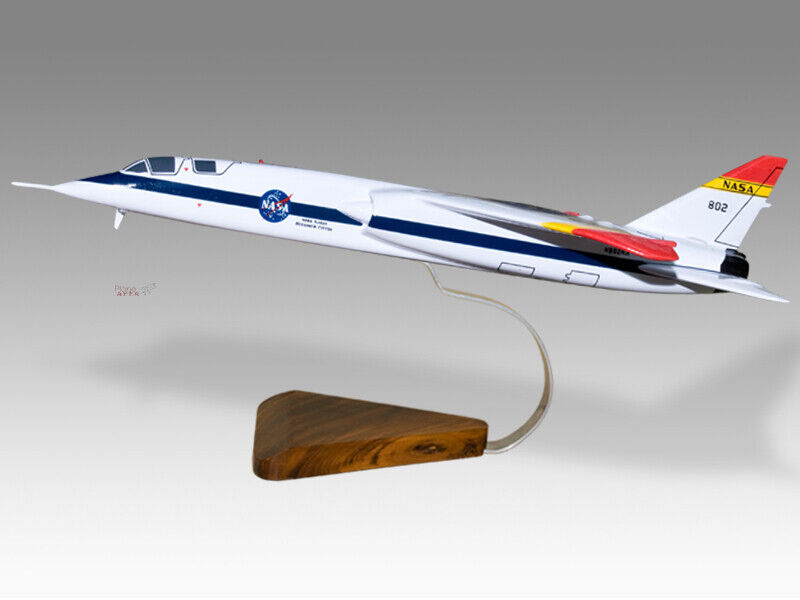
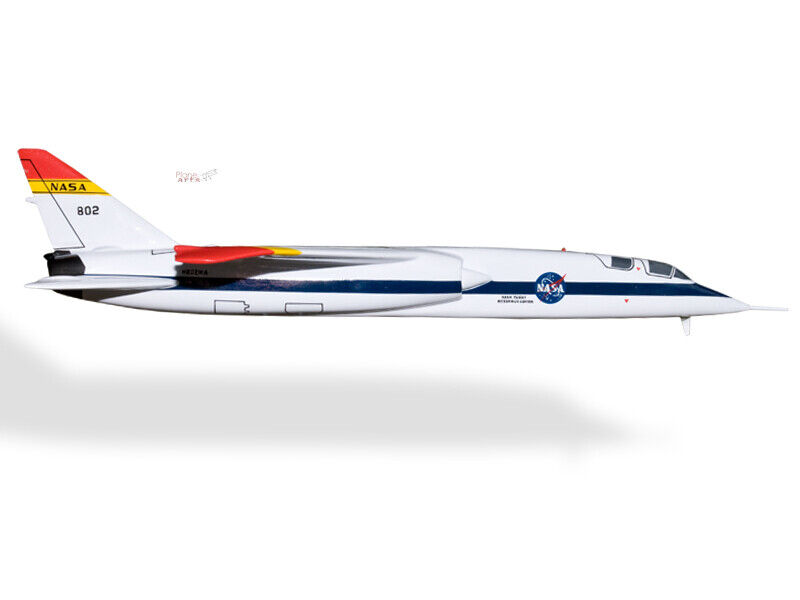
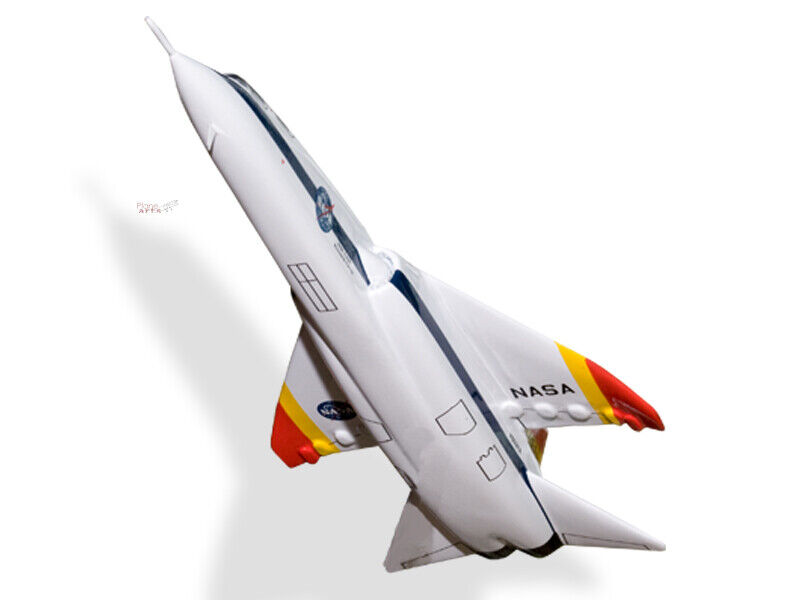

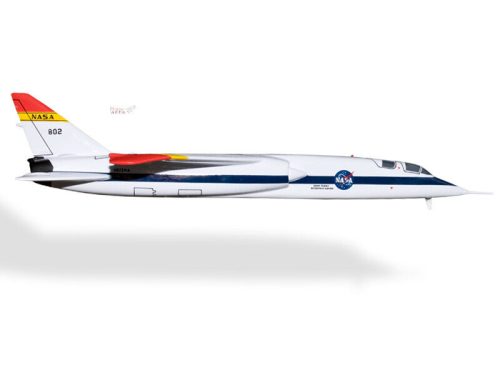
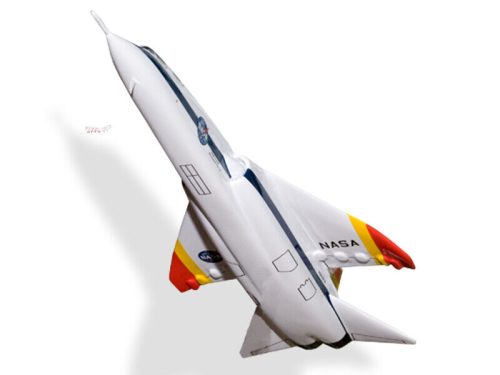
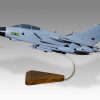
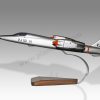
Reviews
There are no reviews yet.